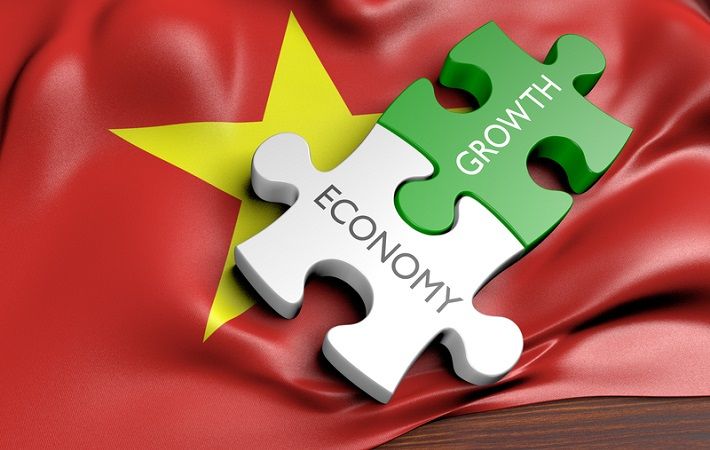
IHS Markit Vietnam manufacturing purchasing managers’ index (PMI) for October showed a strong rebound in the manufacturing sector. However, the economic recovery still faces headwinds due to a renewed upturn in daily new COVID-19 cases as well as continuing supply chain disruptions, according to Rajiv Biswas, Asia Pacific chief economist of IHS Markit.
Prior to the COVID-19 pandemic, Vietnam had been one of the world's fastest growing emerging markets in the past decade, boosted by strong foreign direct investment inflows into its manufacturing sector. The pace of economic growth slightly exceeded 7 per cent in both 2018 and 2019.
Rapid growth of manufacturing exports and large new inflows of foreign direct investment (FDI) have been important growth drivers for Vietnam, notably driven by rapid expansion in the textiles and electronics sectors. Textiles, clothing and footwear accounted for 19.4 per cent of total merchandise exports in 2019.
Total foreign direct investment inflows reached $20.4 billion in 2019, up by 6.7 per cent year on year, driven by strong investment by multinationals in establishing new manufacturing production facilities in Vietnam.
With the domestic pandemic having remained contained, economic growth momentum strengthened in the first half of 2021. GDP growth in the second quarter of 2021 rose by 6.6 per cent YoY, improving on the 4.65 per cent YoY growth recorded in Q1 2021, Biswas said.
A key driver of economic growth momentum was the rapid growth of exports, which rose be 28.4 per cent YoY in the first half (H1) of 2021. The strong performance of industrial exports also boosted the industrial sector, with industrial production up 9.3 per cent YoY in H1 2021. FDI inflows in the first half of 2021 remained resilient, at $9.2 billion, up by 6.8 per cent YoY.
However, with the highly transmissible Delta strain of COVID-19 having spread rapidly throughout Southeast Asia in mid-2021, a severe new Covid Delta wave hit Vietnam in Q3 2021. Consequently, Vietnam's GDP contracted by 6.17 per cent YoY in Q3, with consumer spending, construction activity and manufacturing production hit severely by the lockdown measures.
This led to a sharp decline in business conditions for manufacturers during June and July. The IHS Markit Vietnam manufacturing PMI plummeted from 53.1 in May to 44.1 in June, showing the most severe deterioration in business conditions for over a year and ending a six-month period of growth.
During Q3, severe disruption to supply chains were noted by firms in the PMI survey results, with the extent of delivery delays reaching the highest level since the survey began more than a decade ago.
Shortages of labour also contributed to rising backlogs of work, as migrant workers returned to their home provinces and towns during the protracted lockdowns and widespread factory closures.
In August, total merchandise exports fell by 2.3 per cent month on month (MoM), as the impact of factory closures due to the escalating pandemic began to impact more significantly upon manufacturing production. The decline in August exports was heavily impacted by a 15 per cent MoM decline in exports of textiles and garments and a 40 per cent MoM decline in exports of footwear, due to widespread factory closures.
The economic impact of the pandemic is expected to recede during 2022 as vaccination rollout becomes more widespread across the population of Vietnam, IHS Markit added.
Fibre2Fashion News Desk (DS)